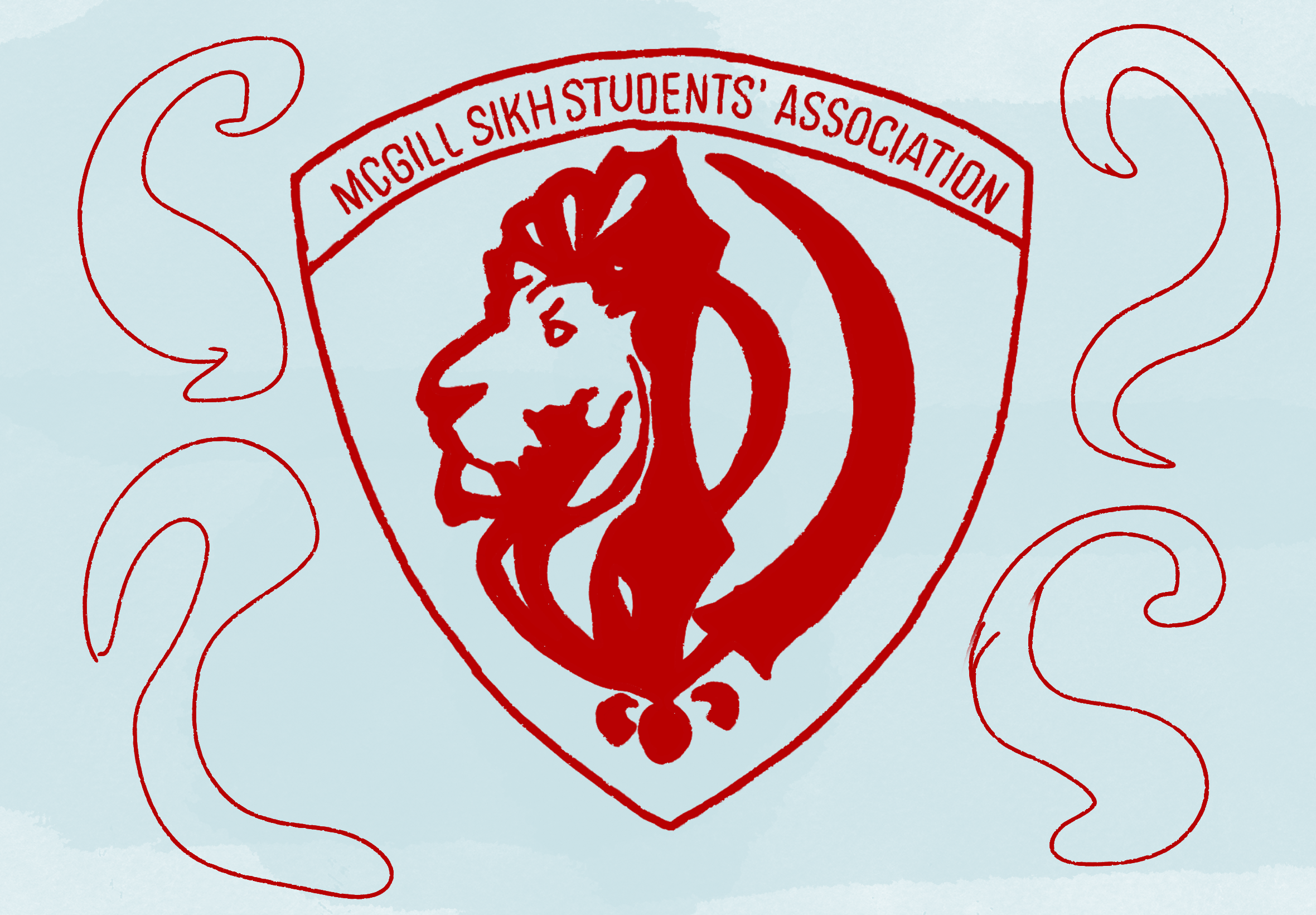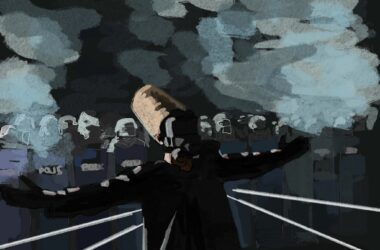 Sam Reynolds
Sam ReynoldsUnless you’ve been living under a rock, or found yourself trapped in a chemistry lab because the person with the key is a MUNACA worker, by now you’ve caught wind of the protests dominating our campus. If you’re looking for an impassioned defence of the protesters, or even an admonishment of their guilt, read no further. The following is, instead, a sweeping runthrough of the history of McGill campus protests within the last 100 years. Now a time-honoured tradition, civil disobedience has deep-seeded roots within the student body—so if you’re itching to get out there and hoist your fist against The Man, pay attention so you know just what tradition you’re keeping alive.
The Student Society of McGill University was brought into existence by unrest. Students, apparently grumbling about their unfavourable position vis-à-vis the public, demanded representation (or as the first SSMU president John Hackett stated, it was because of their “apparent acquiescence in the charges of vandalism which were periodically brought against them”). Following suit, SSMU was officially installed to represent students in 1909.
In the 1950s, periodic up-swells in student fervour reflected a poor job market for graduates and a lack of public funding for education (sound familiar?). The similarities continue: a mass publicity campaign was undertaken with its eye on the Quebec premier, and in 1958 a one-day boycott of classes was organized—a Ferris Bueller moment much like the one we saw last Thursday.
Then followed the sweetness of the 1960s, ripe with the odour of patchouli and counter-culture. Reasons to march abounded—Vietnam, U.S. nuclear bomb tests, and the general angst which accompanies generational upheaval and widespread disillusionment with authority. The administration, bearing the brunt of the bullying, eventually gave ground, and for the first time a student was allowed to sit on the Board of Governors.
In 1967, the McGill Daily published a satirical article defaming John F. Kennedy that sparked outrage and libel charges. Amidst these charges and increasing disobedience, the office of principal Robertson was broken into and triumphantly occupied by students until the police expelled them by force.
Perhaps these days shouldn’t be glorified. After all, there was no iconic image of police cars surrounded by students, and no Joan Baez singing to a swaying crowd of leftists, as was the case at Berkeley in 1964. Indeed, there was no heroic rhetoric which transcended the movement itself, such as Mario Savio’s plea at the same Berkeley campus: “There’s a time when the operation of the machine becomes so odious—makes you so sick at heart—that you can’t take part.” It’s the kind of revolutionary fodder which surely made Lenin smile in his grave.
McGill’s ardour was admirable all the same. And, considering traditional Canadian passivity, the sit-ins and occupations of the 1960s were substantial even compared with those to the South. The McGill flavour of protest was marked by a certain creative spice. Just go to McGill’s online archives and find the picture of a long-haired student occupying a chair of the Board of Governors, picking his nose, and holding a stick with a middle-fingered glove on the end of it.
The fire lit under the student body would linger for decades to come. In April 1997, a first-class sit-in occurred at McGill, as a means to rail against student fee increases. Eighteen students occupied principal Shapiro’s office for three days, capping off a week of creative disobedience. The Arts Building doors were chained shut, and Cheez Wiz was served to drive home the point that with so many fees, “starving artist” would become more than a lifestyle euphemism.
It seems that the spirit of student unrest still lives strong in our current student body. As I write, it is only 24 hours since riot police confronted James Administration Building occupiers. The current protests reflect a trend toward anger over monetary rather than social issues, which has existed since the 1960s. And while I possess no foresight of what will come, I can at least say that if you do choose to protest, you now know the forefathers of your cause.








